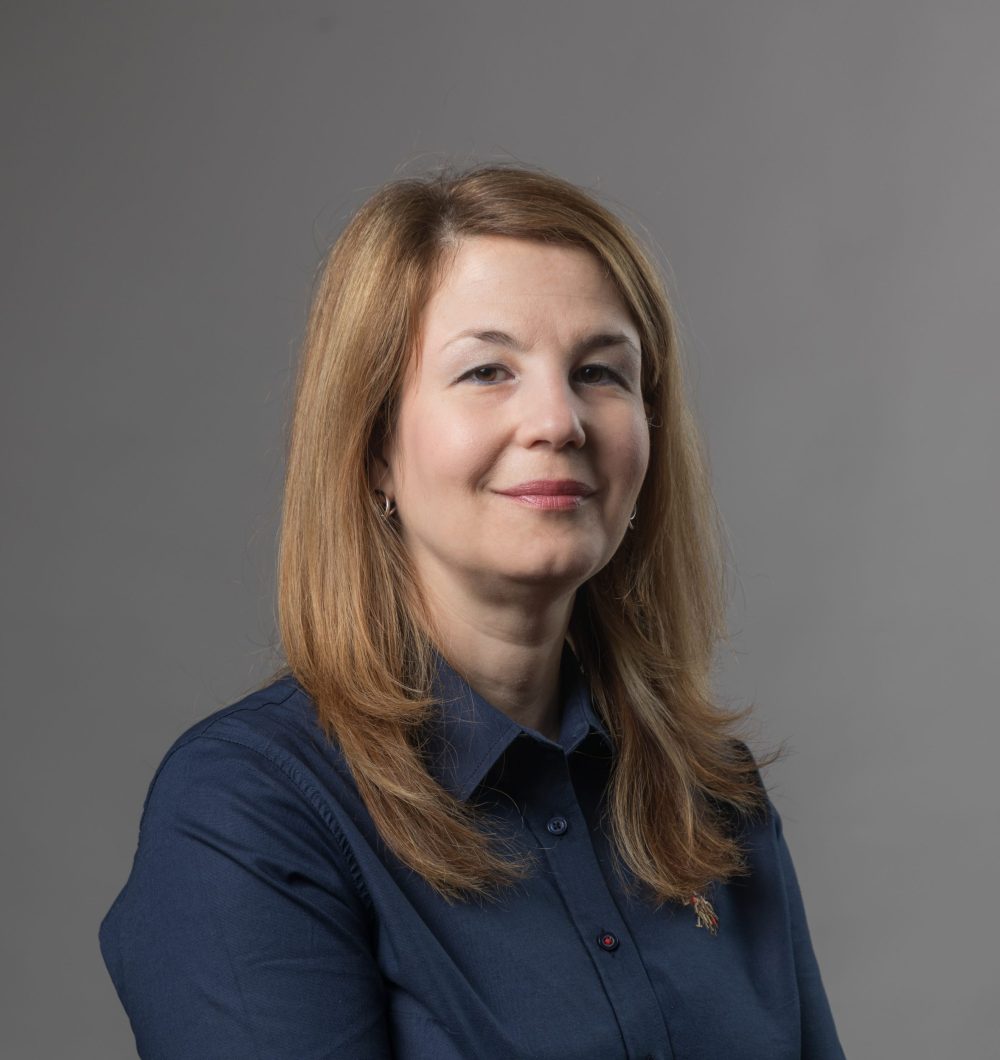
Branka Kovačević
Abstract
The paper presents the method for calculating the maximum simultaneous power of a connection based on measured data. A prototype software tool has been developed based on the presented methodology, which can take into account various consumption specifics (such as the presence of prosumers, heat pumps, charging stations, heating methods, settlement types, seasonal consumption diagrams, etc.). Based on the calculated power, the software suggests the type of connection line. Additionally, the software provides other derived electrical quantities (such as losses and voltage droops) for the given length of the connection line. As an added functionality, the software can also calculate the maximum simultaneous power of a feeder or transformer station.
Keywords: maximum simultaneous power, software, consumption
Biography of the presenter
Branka Kovačević, born Kostić, was born in 1981 in Belgrade, where she graduated from elementary school and the Fifth Belgrade High School. In 1999 she entered the School of Electrical Engineering at the University of Belgrade, Department of Power Engineering. In the fifth year she went on a professional internship abroad, as the only student from the Department of Power Engineering. During the internship at the University of Strathclyde in Glasgow, Great Britain, she participated in the Construction and Analysis of a Corona Discharge Demonstrator project. In 2008 she joined the Department of Power Systems in the Nikola Tesla Institute. Currently, she holds the title of senior technical associate, and for the past 17 years, she has participated in the creation of over 50 studies and reports for the domestic and foreign markets. She also participated in two HORIZON2020 projects in the period 2016-2021, and is currently involved in EU LIFE2021 project. In addition, she participates in the drafting of national strategic energy documents. She became a member of the international CIGRE in 2013, when she was part of a working group engaged in power quality of solar PV systems.

